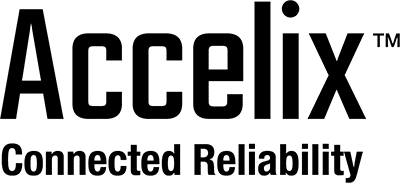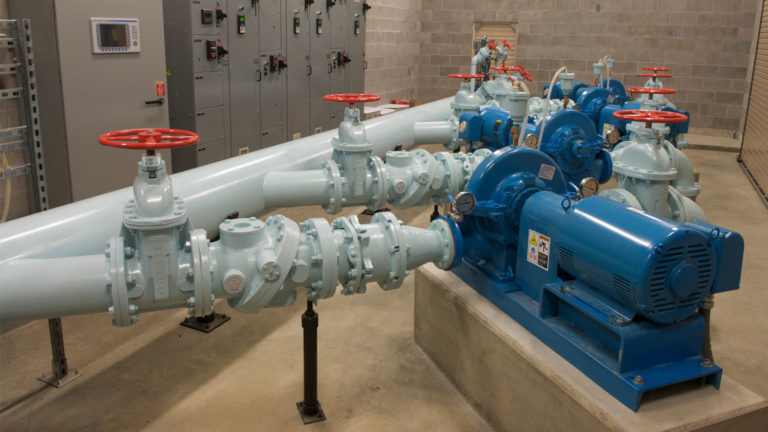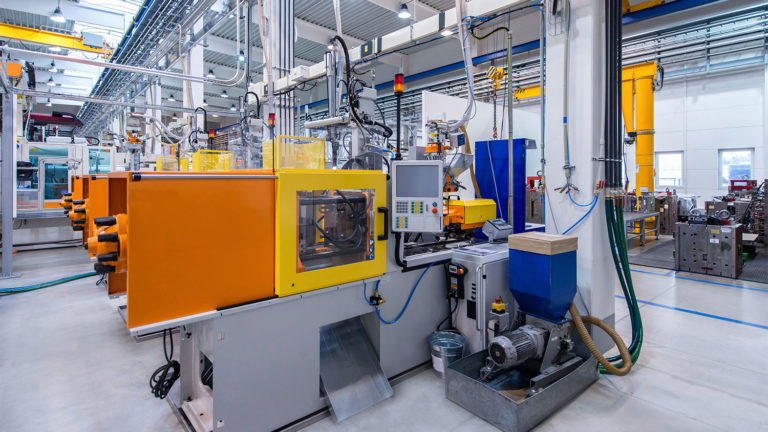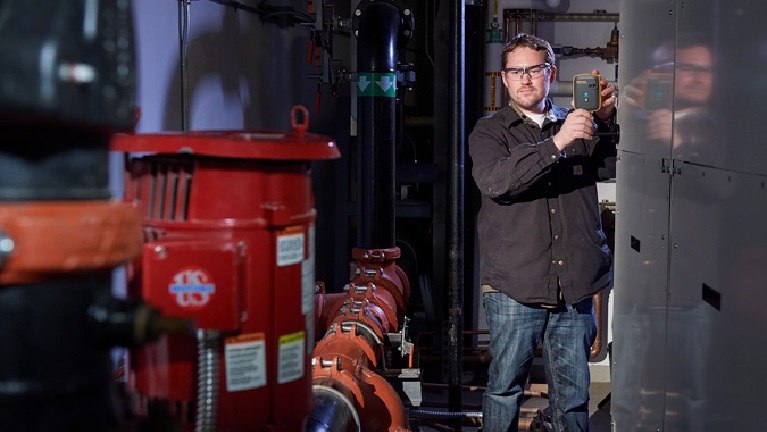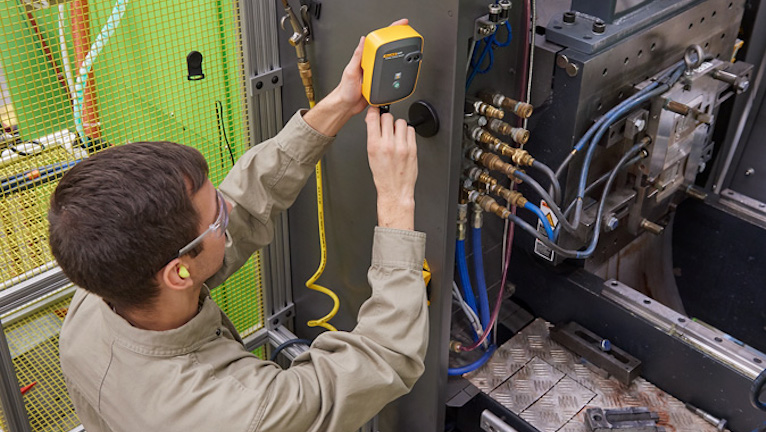Pandemic or not, digital transformation of maintenance workflows is moving forward
“We’re looking at new tools, new workflows, and continued higher use of mobile and remote devices. While route-based maintenance is not going away, we are seeing higher use of sensors and other online tools that give you the pulse of the assets and allow maintenance technicians to better prioritize their time. To become more proactive and do less firefighting.”
– Ankush Malhotra, President of Fluke Reliability
“Even during the most turbulent period in modern industrial history, with the global monkey wrench that is COVID-19, the digitalization trend continues to gain traction.”
This silver lining begins the 2020 version of Smart Industry magazine’s annual “State of Initiative” survey report in November.
The report determined that many North American manufacturers and other industrial companies accelerated their digitalization investment in 2020 as a direct response to the uncertainty surrounding them. That’s because digitalization offers them solutions for social distancing and remote operations, faster production and increased uptime to meet demand surges, better ways to keep the team connected and trained, and overall quicker response to change.
To recap this report and discuss digitalization strategies for maintenance and reliability teams in 2021, Keith Larson, the originator of the “State of Initiative” report and Editor-in-Chief of Control magazine, joined Ankush Malhotra, President of Fluke Reliability, for a January 2021 webinar.
Titled “The rise of the connected worker: implications for maintenance and operations in 2021,” the discussion probed how daily workflows are likely to change due to the advanced technologies.
2020: roughly even numbers moved forward and backward
Larson was quick to note that the report—as well as a survey of attendees taken during the webinar— showed that while some companies made progress, others were hampered in their digitalization efforts by the COVID-19 uncertainty.
As Figures 1 and 2 make clear, an equal number of businesses said the pandemic fast-tracked their digital implementation as said it slowed it down. Put another way, transformative projects had to be sidetracked by some organizations in favor of actions more urgent to the strange and unprecedented business climate at hand.
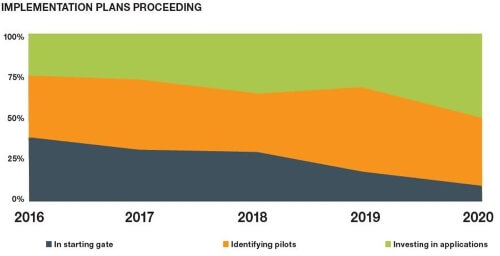
Figure 1. Despite a pandemic, a surprising number of digitalization projects moved forward in 2020 from pilot to implementation at scale, according to the “State of Initiative” report from Smart Industry magazine.
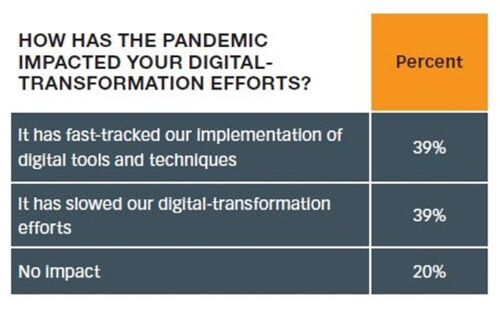
Figure 2. Bifurcation of industrial digitalization activity during the pandemic is shown in the “State of Initiative” report percentages in Smart Industry magazine.
Decision-making also sped up, with digital initiatives moving from pilot to implementation more rapidly, with more top-down urgency, Malhotra noted. “We are seeing more quick action,” he said. “Executives we have spoken to feel they responded to changes 20 times faster than before the crisis, and not just for things like remote work, but migration of assets to the cloud or use of advanced technologies in operations.”
A goal for reliability professionals has long been to achieve a clear and accurate view of asset health, with a defined maintenance strategy for each tier of machines based on failure modes and the P-F Curve. Arriving there requires efficient asset management, relevant asset health data, and a proactive culture.
“We’re looking at new tools, new workflows, and a continued higher use of mobile and remote devices,” Malhotra said. “While route-based maintenance is not going away, we are seeing higher use of sensors and other online tools that give you the pulse of the assets and allow maintenance technicians to better prioritize their time—to become more proactive and do less firefighting.”
Malhotra also sees mobile technology playing a more significant role in delivering the information and instructions that guide where technicians spend their time. Younger workers were already comfortable relying on digital technology, and now the pandemic has increased usage and familiarity of digital alternatives to in-person workflows throughout the workforce.
Both Larson and Malhotra referenced the kind of augmented reality and hands-free video techniques shown in Figure 3 that plants are now using to loop in experts digitally to help solve advanced problems. “It all supports using our skillsets and doing our jobs in a different way,” says Malhotra.
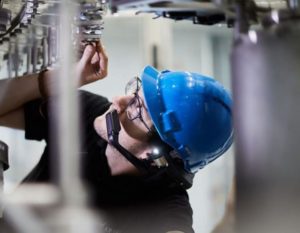
Figure 3. The Prüftechnik team has been using a hands-free camera and augmented reality technology to enable experts to guide onsite engineers through complex procedures remotely.
Implementing predictive and prescriptive analysis
When asked if companies are close to implementing predictive analysis in their workflows, Larson commented that the technology to do so already exists—and it’s mostly a matter of implementation, adoption, and reworking processes. But while predictive analytics enable us to calculate how soon a bearing may fail, prescriptive diagnostics—where you are advised on how to act—is the bigger prize sought by some facilities, he said.
By connecting a more extensive series of data—supply chain, workflows, scheduling, energy costs, and more—prescriptive diagnostics can determine a bearing failure’s significance, for example, and what actions to take. “With readier access to information via connected worker technology—including prescriptive recommendations,” Larson said, “more rapid decision-making will continue to be pushed lower in the organization.”
However, Larson suspects that many organizations may need more cultural change before they’re ready to adopt prescriptive diagnostics. “It’s the people, not the technology, that gets in the way sometimes—that mindset of ‘the way we’ve always done it,'” he said.
Five main obstacles to digital transformation were called out by respondents to the State of Initiative survey. Only the fifth one on the list is technology-related:
- General economic uncertainty
- Lack of business-impact understanding
- Lack of senior management knowledge
- Lack of employee knowledge
- Weakness in technology infrastructure
“These things point more to vision, understanding what’s possible, and being able to implement it,” Larson said.
The role of leadership in transformation
Everyone in the organization feels the pressure to stay nimble in the face of continuous change, from plant leadership to the maintenance team, Larson and Malhotra said. “Digital transformation is not an option anymore,” said Malhotra. “The point is more: where to focus and at what speed.”
Their tips:
- Executives need to define the priorities, set the goals, support the team, solicit suggestions, and help overcome roadblocks.
- Leaders must communicate broadly about the business and strategic reasons for emphasizing specific technology initiatives.
- All should keep looking ahead, and don’t give up creating and driving a six-month and one-year digitalization plan.
- Wherever applicable, “walk the talk” by using the new workflows and experiencing the “connected worker” environment.
To hear more about what digital changes Malhotra and Larson see coming to maintenance and reliability teams and the plant at large, tune in to the webinar.
Related articles:
- State of Initiative report from Smart Industry magazine
